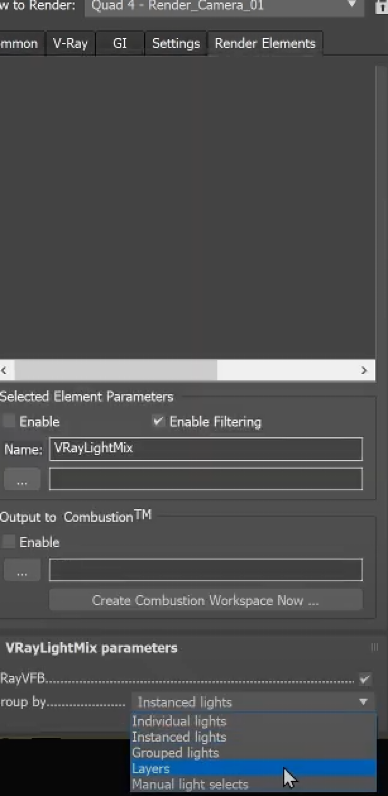Light in Visual Architecture

How can lighting change the atmosphere in a space? And more specifically, How can we arrange lighting correctly? What light do we need to use in Interior, warm, cold or neutral? Long before the existence of electricity, architects were maximising the possibilities of sunlight. One of the most recognisable examples of this is stained glass windows in temple architecture. Photographed below, are some beautiful examples of modern day stained glass.


This playful use of light ignites feelings of calm, warmth, and safety, and makes me feel as if I am a part of nature. Light has endless possibilities and can play with our minds and perception space in many ways. This is one of the reasons as to why light is so important in our life. You don’t see lamps when you enter the house, room, gallery, etc. You immediately feel the atmosphere, which has been created by the lighting.
Change the atmosphere with light
more specifically, How can we arrange lighting correctly? What light do we need to use in Interior, warm, cold or neutral?
Shape
Light shapes our perception of objects, increasing or decreasing them and making them flat or three-dimensional. It is important to choose the appropriate power, luminous flux direction, colour temperature, and location of the luminaire in the room.
Colour
Colour is another important factor when it comes to creating a comfortable environment. An incorrectly chosen shade or too dark a tone spoils the perception of the interior and ruins the design.
The Right Light
Choose warm lights for a cozy and relaxing atmosphere such as a living room, bedroom or lounge.
In order to stimulate vigorous human activity: increase concentration, productivity in an office or workspace, neutral lighting works best.
Cold light also invigorates but fatigues much faster.
If the lighting has been executed correctly, then the human eye can distinguish hundreds of colours. In those cases when it comes to colour and light, you need to remember that the combination of certain shades with different lighting creates a psychological background for the entire interior as a whole.
The three types of lighting used in Interiors:
Main (general) lighting
Its goal is to provide a sufficient amount of light in the room, to display the general concept of the room design. Basic lighting can be realised with the help of chandeliers, pendants, surface-mounted, and built-in lighting fixtures.
Accent lighting
Accent light is used when it is necessary to show the "content" of the interior, to form an idea of the spatial arrangement of objects. With its help, objects are emphasized: vases, figurines, and other objects worthy of emphasis.
Localized lighting
Such light is used for solving functional tasks: creating comfortable conditions for reading, working, or cooking. For this, lamps, table lamps, sconces, or floor lamps built-in above the working area.
Realistic lighting with LightMix
In 3D Design, we always want our lighting to appear realistic, a great tool for this is Light Mix. Let's take a look at what Light Mix is and how it works.
Light Mix is a powerful tool that allows you to easily adjust the colour and intensity of your lights both during and more importantly, after rendering. Additionally, you have the option to turn your lights on and off as well as control or change the mood of your scene, all from one single render. If you want to activate Light Mix, just add the VrayLightMix Render Element and select how you would like your lights grouped: individual, instanced, groups, layers or manual light selects.
Open Render Elements and add VRayLightMix. After this scroll down and choose in VRayLightMix parameters - Group by - Layers.


After that you can start Rendering and V-Ray will automatically create the render elements.


In the above picture you can see in Layers Source: LightMix and in Properties you can change light colour, intensity and turn on and turn off light.
Light Mix is the rendering equivalent of switching your home's lights to smart bulbs. Now, you can stop running around to tweak lights and adjust everything from a central source.
Become part of our talented 3D designer community!
Join the RenderThat Talent Network to get access to exclusive projects, fun at work, and remote working opportunities. Get connected with top companies and showcase your talent across the world.




